Almost every automatic transmission has three solenoids, known as A, B, and C, that regulate pressure.
In modern transmissions, gears are usually more numerous, and solenoids are more numerous. Many trouble codes are associated with the solenoid control circuit “B.” Some of the most common ones are P0964, P0965, P0966, and P0967.
Upon getting the P0966 OBD-II trouble code, the Powertrain Control Module (PCM) detects a problem with the transmission pressure control solenoid “B” control circuit.
The PCM determines which code set to use based on the specific malfunction detected by the PCM. With an automatic transmission, the fluid pressure is at the right place, and the right time control bands and clutches to change gears.
The transmission pressure control solenoids regulate the fluid pressure to maintain the fluid pressure and ensure smooth shifting.
The pressure inside solenoids is monitored through the PCM, and fluid is sent to the various hydraulic circuits to precisely determine the transmission gear ratio.
PCM sets a P0966 code when it detects a low voltage problem within the pressure control solenoid “B” control circuit.
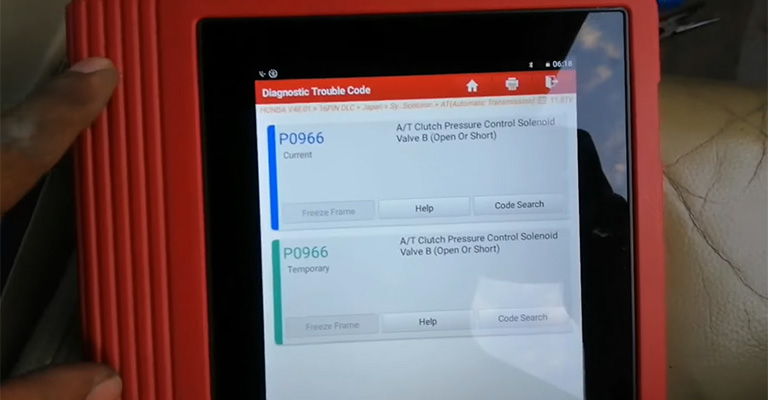
What Does OBD-II Fault Code P0966 Mean?
P0966 is an OBD-II code that indicates a low-pressure control solenoid circuit. Several reasons can cause this code to be set, and a mechanic needs to diagnose the specific cause if you encounter this problem.
This transmission fluid pressure solenoid allows the engine’s control module (PCM) or transmission control module (TCM) to engage clutches while driving more smoothly using hydraulic fluid.
P0966 indicates that the PCM or TCM detects an issue with the electrical circuit to or from this solenoid.
What The P0966 Code Means?
An engine control solenoid valve is typically causing this code, which regulates how much oil flows and how much pressure is exerted after a drive. A result of this is that the vehicle’s computer detects voltage outside of its normal range.
What Causes The P0966 Code?

In fact, there are several possibilities as to why a vehicle would set this code, including:
- There is an open or a short in the B harness of the pressure control solenoid valve.
- An incorrect connection was found in the circuit of the pressure control solenoid valve B
- The hydraulic system is malfunctioning
- There is a problem with solenoid valve B that controls the pressure
- Transmission fluid with dirt or debris or insufficient transmission fluid
- The issue is most often electrical, although mechanical problems can also result in this DTC.
What Are The Symptoms Of The P0966 Code?
In most cases, this is indicated by an illuminated Check Engine Light. There may also be problems shifting gears. These include harsh gear shifts, flares, or shocks after upshifting.
Whenever there is abnormal downshifting, it is more likely that there is an issue with solenoid A. There is also the possibility of decreased fuel efficiency.
How Does A Mechanic Diagnose The P0966 Code?
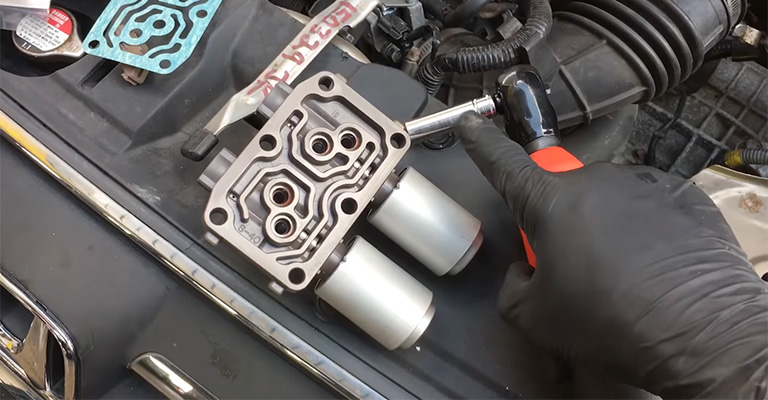
Technicians can perform diagnostics in the following ways:
- Identify any freeze frame data and other codes set by the computer and capture them
- Check if the codes recur after road testing the vehicle by clearing the codes
- Monitor the vehicle’s computer on a scanner while it is being driven to see what data it contains
- Ensure the pressure control solenoid valve connector terminals are both connected to determine the resistance and voltage
- Look for shorts and open connections in the wiring and harness
- Ensure that the PCM is connected to the solenoid valve correctly
What Are Some P0966 Troubleshooting Steps?
If the problem with the vehicle is related to the transmission, you should research the Technical Service Bulletins (TSBs) of the specific vehicle before beginning the troubleshooting process. Pointing you in the right direction could save you a lot of time in the long run.
Fluid & Wiring Inspections
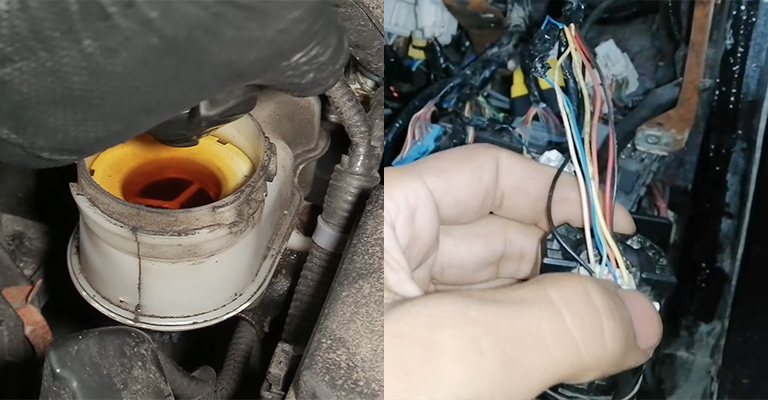
It is necessary to check the fluid level and examine its condition for contamination as the first step. To confirm when the filter and fluid were last changed, inspect the vehicle records (if possible) before replacing the fluid.
During this step, we will conduct a detailed visual inspection of the wiring to determine whether it has any apparent defects.
Be sure the connectors and connections are secure, corrosion-free, and free from damaged pins. You will need to connect the wires and connectors to the transmission pump, transmission pressure control solenoids, as well as control module.
Depending on the combination, the electric or mechanical drive may be used for the transmission pump.
Advanced Steps
To perform these steps accurately, you must use advanced equipment specific to your vehicle. To complete these procedures, you will need a digital multimeter and specific vehicle technical references.
The advanced steps are always best performed after obtaining the specific troubleshooting data for your car.
It depends on the specific vehicle model and how much voltage it requires. Depending on the transmission design and configuration, fluid pressure requirements may vary as well.
Continuity Checks
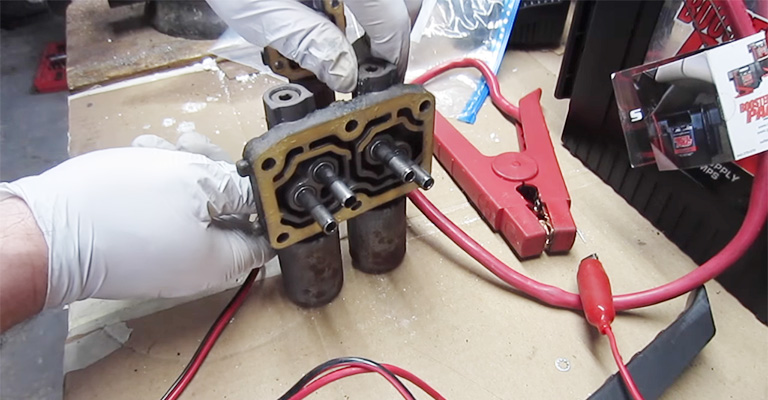
Unless otherwise specified in the technical data, it is normal to see 0 ohms of resistance for wiring and connections.
To avoid shorting the circuit and causing further damage, continuity tests must always be performed with all power removed from the circuit.
In case of resistance or no continuity, faulty wiring is open or shorted and must be repaired or replaced.
Common Mistakes When Diagnosing The P0966 Code
Replacement of the transmission without checking all other possible problems is the biggest mistake with this fault. Most of the time, this code occurs when the transmission is experiencing a mechanical problem.
Wiring harnesses are commonly the culprits. In addition, the ECM or PCM could be malfunctioning even if there is no malfunction occurring. It is also sometimes mistaken for a performance issue when this DTC appears.
How Serious Is The P0966 Code?
In some cases, this DTC can cause real transmission malfunctions, despite its electrical nature. In the absence of corrective measures, the transmission could eventually be damaged to the point that it needs to be replaced if proper fluid pressure cannot be restored. Whenever you notice that the code has been set, address it as soon as possible.
What Repairs Can Fix The P0966 Code?
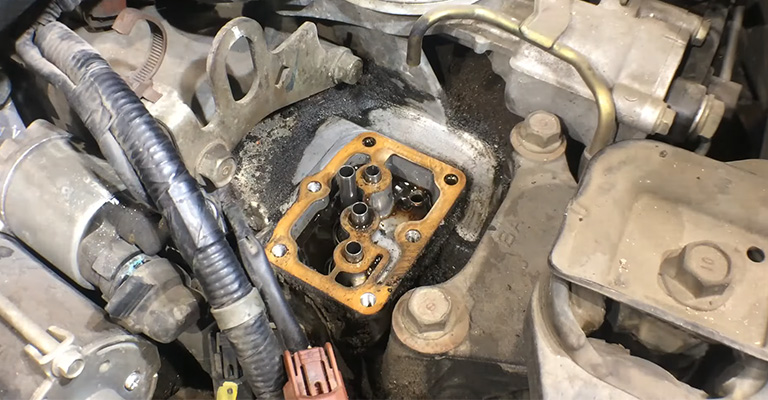
Here are a few solutions to this problem:
- Replacement of pressure control solenoid valve B
- Replacement or repair of damaged wiring or harnesses
- Ensure that the solenoid valve and PCM are well connected
- Refilling the transmission line with fluid and flushing it
- Update the PCM software
- In rare cases, replacing the PCM is necessary
Additional Comments For Consideration Regarding The P0966 Code
This could indicate intermittent failure if the code does not return after the computer is cleared and the car is road tested again.
They can be difficult to diagnose and may need to be left for a while to allow the code to be set consistently before they can be dealt with. The first thing you should check if there is an intermittent failure is for loose connections.
For transmission code diagnoses, it is essential to get a correct diagnosis, as transmission damage could result if the problem is not resolved properly.
It is typically best to leave this type of repair to a professional since special equipment is often required to test voltage and resistance and to determine the source.
Final Words
It is my hope that the information in this article will assist you in correcting any issue with your P0966 pressure control solenoid “B” control circuit diagnostic trouble code(s).
There is no warranty on this article, and any technical data and service bulletins for your vehicle will always take precedence.

Leave a Reply